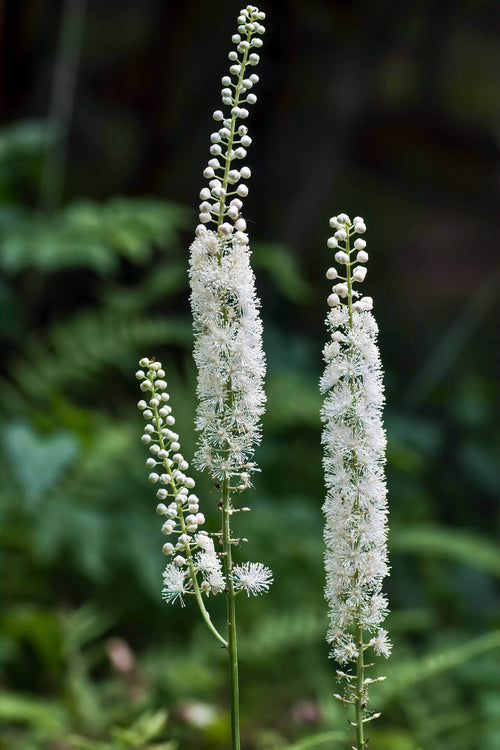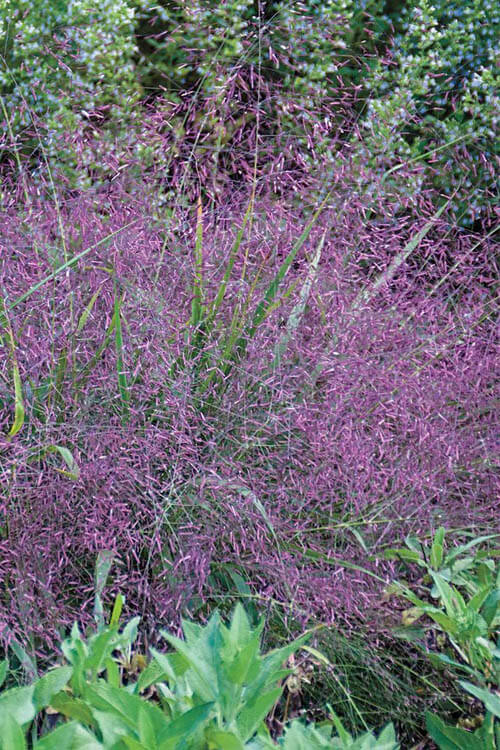The Resilience of Gardens
Throughout history, gardens have had a vital role in human survival. They have been essential sources of sustenance, medicine, and even psychological well-being for various civilizations. Gardens have been a lifeline during scarcity, war, and natural disasters. In this, we will dive into the rich tapestry of how gardens helped people survive in the past, spanning different cultures and eras.
Ancient Mesopotamia: The Cradle of Agriculture
One of the earliest examples of how gardens contributed to human survival can be found in archaic Mesopotamia, frequently referred to as the "Cradle of Agriculture." In this region, situated between the Tigris and Euphrates rivers, the Sumerians cultivated the first known gardens around 3500 BCE. These lush oases were vital for sustaining the growing populations in an otherwise arid landscape.
Sumerian gardens were a source of various crops, including wheat, barley, dates, and vegetables. The systematic irrigation systems they developed allowed for consistent harvests, reducing the risk of famine. These early gardens formed the foundation for modern agriculture, demonstrating how cultivating plants in a controlled environment could be a lifeline in a challenging environment.
Ancient Egypt: Nile's Bounty
In archaic Egypt, the Nile River Valley was a verdant oasis amidst the surrounding desert, and gardens played a crucial role in the survival of this civilization. The yearly flood of the Nile brought nutrient-rich silt to the riverbanks, creating fertile soil ideal for gardening.
Egyptian gardens were not only a source of sustenance but also held symbolic significance. The Egyptians grew grains like emmer and barley and many fruits and vegetables, including figs, pomegranates, and onions. These gardens sustained the population and were central to the Egyptian diet.
Moreover, the Egyptians used gardens to cultivate medicinal plants and herbs, providing remedies for various ailments. Plants like aloe vera and garlic were grown for their medicinal properties, showcasing how greens served as a food source and pharmacy.
Medieval Europe: Monastic Gardens
In the Middle Ages in Europe, devout gardens became havens of sustenance, knowledge, and solace. Monasteries played a vital role in preserving and disseminating knowledge, and their gardens reflected this. Monastic gardens were typically divided into several sections, including kitchens, herbs, and orchards.
Kitchen gardens in monasteries were carefully designed to provide a constant supply of vegetables and herbs. Monks cultivated crops like carrots, turnips, and cabbage, ensuring a steady food source. Additionally, herb gardens were essential for both culinary and medicinal purposes. Monks documented the healing properties of various plants, contributing to the development of herbal medicine.
Monastic gardens were a source of sustenance and places of reflection and tranquility. They served as a retreat from the challenges of medieval life, offering spiritual solace to the monks who tended them. In this way, monastic gardens supported physical and mental well-being during a tumultuous period.
Victory Gardens: World War II
The role of gardens in survival extends to modern history as well. During World War II, "Victory Gardens" was a critical response to food shortages. In the United States and various other Allied countries, citizens were encouraged to grow their vegetables and fruits to alleviate the pressure on the food supply chain.
Victory Gardens became a symbol of collective effort and resilience. People from all walks of life, including urban dwellers, planted gardens in backyards, empty lots, and even rooftops. These gardens contributed to food security and boosted morale during a challenging time. Gardening fostered a sense of empowerment and solidarity among the population.
War Torn Environments: The Guerilla Gardens
Gardens have often symbolized hope and survival in war-torn environments and conflict zones. Guerrilla gardening is where individuals or communities cultivate neglected or abandoned spaces, often in urban areas, to produce food and promote green spaces. This practice has been observed in places like post-war Afghanistan and war-torn regions of Africa.
In such challenging circumstances, guerrilla gardens serve multiple purposes. They provide fresh food, which can be scarce during conflicts. They also transform urban wastelands into green oases, offering a semblance of normalcy and beauty amid chaos. Guerrilla gardens showcase the human spirit's resilience and nature's power to heal and sustain.
The Great Depression: Resilience in Adversity
The Great Depression of the 1930s in the United States was a period of immense economic hardship. During this time, gardens played a pivotal role in helping families survive. Many people turned to "victory gardens" during this era, just as they would during World War II.
These gardens provided a lifeline for struggling families, offering a means to supplement their meager food supplies. People planted vegetables like potatoes, beans, and tomatoes in their backyards, vacant lots, and even on city rooftops. These efforts not only eased hunger but empowered individuals to take control of their sustenance during dire economic circumstances.
Modern Community Gardens
In contemporary times, community gardens have become a valuable resource for urban communities. These gardens serve as focal points for collaboration, education, and access to fresh produce. Urban environments often lack access to large-scale agriculture, making community gardens an essential component of food security.
Community gardens allow residents to grow food, reducing reliance on distant food supply chains. These shared areas also foster a sense of community and belonging. Additionally, they often offer educational programs that teach gardening skills and promote sustainable agriculture practices.
Pandemic Gardening: Coping with COVID-19
The COVID-19 illness that swept the world in 2020 renewed interest in gardening. Lockdowns and supply chain disruptions prompted many people to turn to gardening to cope and ensure access to fresh produce. Whether planting vegetables in backyard plots or tending to indoor herb gardens, gardening provided a sense of control and connection to nature during uncertainty.
Pandemic gardening contributed to food security and positively affected mental health. Gardening offered a therapeutic outlet for stress and anxiety and an opportunity for physical activity and outdoor exposure. This resurgence of interest in gardening underscores its enduring role in supporting human survival and well-being.
The Future of Gardens in Survival
As we look to the future, gardens will continue to play a vital role in human survival. Climate change, population growth, and resource scarcity pose significant challenges to food security. In response, innovations such as vertical farming, hydroponics, and urban agriculture are emerging to meet the growing demand for fresh and sustainable food sources.
Moreover, integrating technology into gardening, such as using smart sensors and automation, promises to enhance the efficiency and productivity of gardens. These advancements will be essential as we seek to adjust to altering environmental circumstances and ensure that gardens remain a resilient source of sustenance.
Throughout history, gardens have been a testament to human ingenuity, resilience, and adaptability. They have served as more than just food sources; they have been pharmacies, symbols of hope, and spaces of solace. From the fertile crescents of ancient Mesopotamia to the victory gardens of World War II and the neighborhood gardens of today, gardens have consistently helped people survive in the face of adversity.
Gardening transcends time and culture, demonstrating the enduring importance of our connection to the land. In an ever-changing world, gardens remain a sustenance, healing, and renewal source. As we move forward, recognizing gardens' vital role in human survival reminds us of our responsibility to nurture and protect these green sanctuaries for future generations.



















































